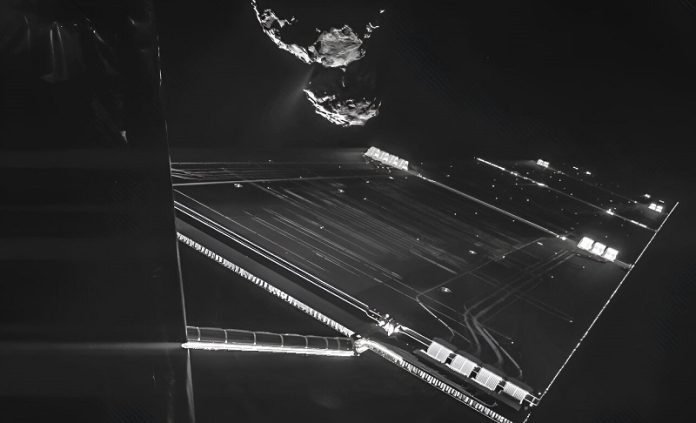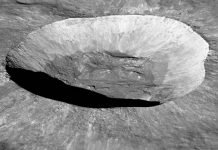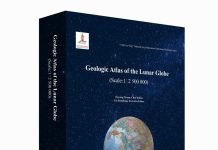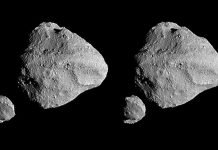
Space is an exciting place, but it’s not just about the stars and planets.
There’s something called “space weather” that can impact our spacecraft out there. This weather isn’t like rain or snow; it’s bursts of charged particles coming from the sun.
These particles can cause problems for our spacecraft and even for astronauts. Imagine it like a heavy hailstorm, but instead of ice, it’s tiny particles racing at extreme speeds.
The European Space Agency (ESA) decided to look into this. They took data from seven of their spacecraft, which are spread across our solar system, to understand this space weather better. Each spacecraft records its own “diary” of events.
This diary isn’t about feelings and thoughts, but about things that happen to the spacecraft, like sudden jolts or temperature changes.
Most of the time, this diary was just used to check if the spacecraft was okay. But now, scientists realized it could help them learn about space weather.
Why is this important? Well, space weather, especially these charged particles, can be dangerous. When the sun has a big explosion, it sends waves of these particles into space.
They’re so powerful that they can get through Earth’s protective shield. For spacecraft, these particles can mess with their systems, sort of like how a computer might glitch or freeze. For astronauts, these particles can be harmful because they’re a type of radiation.
The study used data from spacecraft like Rosetta, which visited a comet, and Mars Express, which has been studying Mars since the early 2000s.
By looking at their diaries, scientists noticed when and where these particle storms happened. They found out that some spacecraft, like Mars Express, were more sensitive and could “feel” almost all of these storms. Others, like a new spacecraft called BepiColombo, had special tools to study these events directly.
One interesting finding was from an event in 2012. Both Mars Express and another spacecraft near Venus detected a big particle storm. The one near Venus even had trouble with its navigation for five days because of it!
All this information is not just cool to know, but it’s also helpful. If we understand space weather better, we can design better spacecraft that can handle these particle storms.
It can also help us protect astronauts in space from the harmful effects of these particles. Plus, in the future, if humans decide to live on other planets, we’ll need to know how to keep them safe from space weather.
To make it easier for other scientists to study, all this data will be saved in ESA’s big online library. But there’s a lot of information, so they’ll need to organize it well.
One of the scientists, Beatriz Sanchez-Cano, said something interesting. She mentioned that when we send spacecraft into space, we often just think about the tools and cameras they have. But these spacecraft experience so much more.
They can tell us about tiny space rocks that hit them or how they feel temperature changes. All of these experiences help us learn more about space.
In a way, by studying how space weather affects our spacecraft, we’re getting a glimpse of the “fingerprints” the solar system leaves on them.
Before humans can go on big adventures in space, we need to understand these fingerprints and what they mean for our safety.
In the end, space is vast and mysterious. But with careful study and curiosity, we can learn its secrets, and our spacecraft can teach us more than we ever expected.
Follow us on Twitter for more articles about this topic.
Source: European Space Agency.




